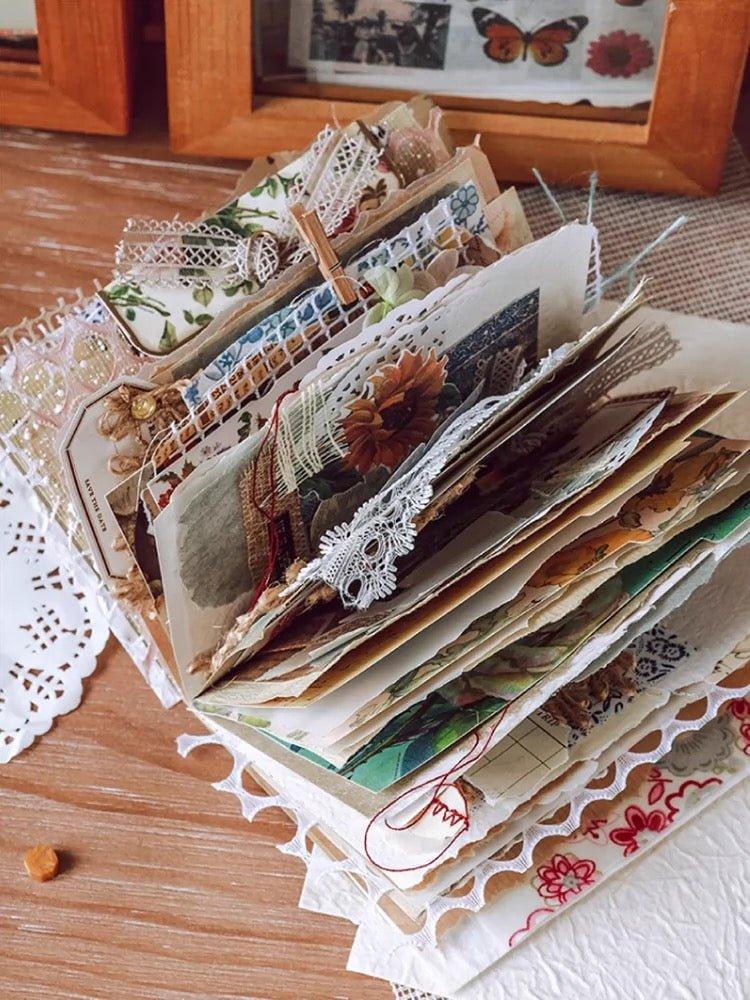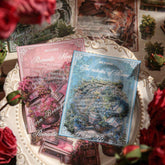






The Production Process of Stickers and Washi Tape: From Design to Finished Product
In our daily lives, stickers and washi tape are common creative tools, extensively used in journaling, decorating, and various craft projects. But have you ever wondered how these colorful items are made? This article will take you through the entire production process of stickers and washi tape.
Design Phase
It all starts with design. Designers use professional software to create diverse patterns and text that will appear on the stickers and tape. The design phase is a critical moment where creativity meets technical requirements, setting the foundation for the entire production process.
Material Selection
Choosing the right materials is key to ensuring product quality. For washi tape, a light yet durable traditional Japanese paper known as 'washi' is typically used as the base material. Stickers, depending on their intended use, are made from various adhesives and paper types with different textures.
Printing Process
Printing is the step where designs are transformed into tangible items. High-precision printing machines are used to ensure that every inch of the material is printed clearly and vividly. Special printing techniques, such as foil stamping or UV coating, may be applied during this stage for products requiring special effects.
Cutting and Shaping
After printing, the materials move on to cutting. Washi tapes are cut into specific widths of rolls, while stickers are cut into various shapes according to the design. This step requires highly accurate machinery to ensure that every product has neat edges and a uniform shape.
Packaging and Inspection
The final steps are packaging and quality inspection. Each roll of tape and each sticker is thoroughly checked to ensure there are no printing flaws or cutting errors. Once approved, the products are packaged and prepared to be shipped to stores and customers around the world.
Conclusion
Understanding the production process of stickers and washi tape not only increases our knowledge of these everyday items but also enhances our appreciation for the craftsmanship and creativity behind each product. The next time you use these seemingly simple items, perhaps you'll have a deeper understanding and respect for their origins.









